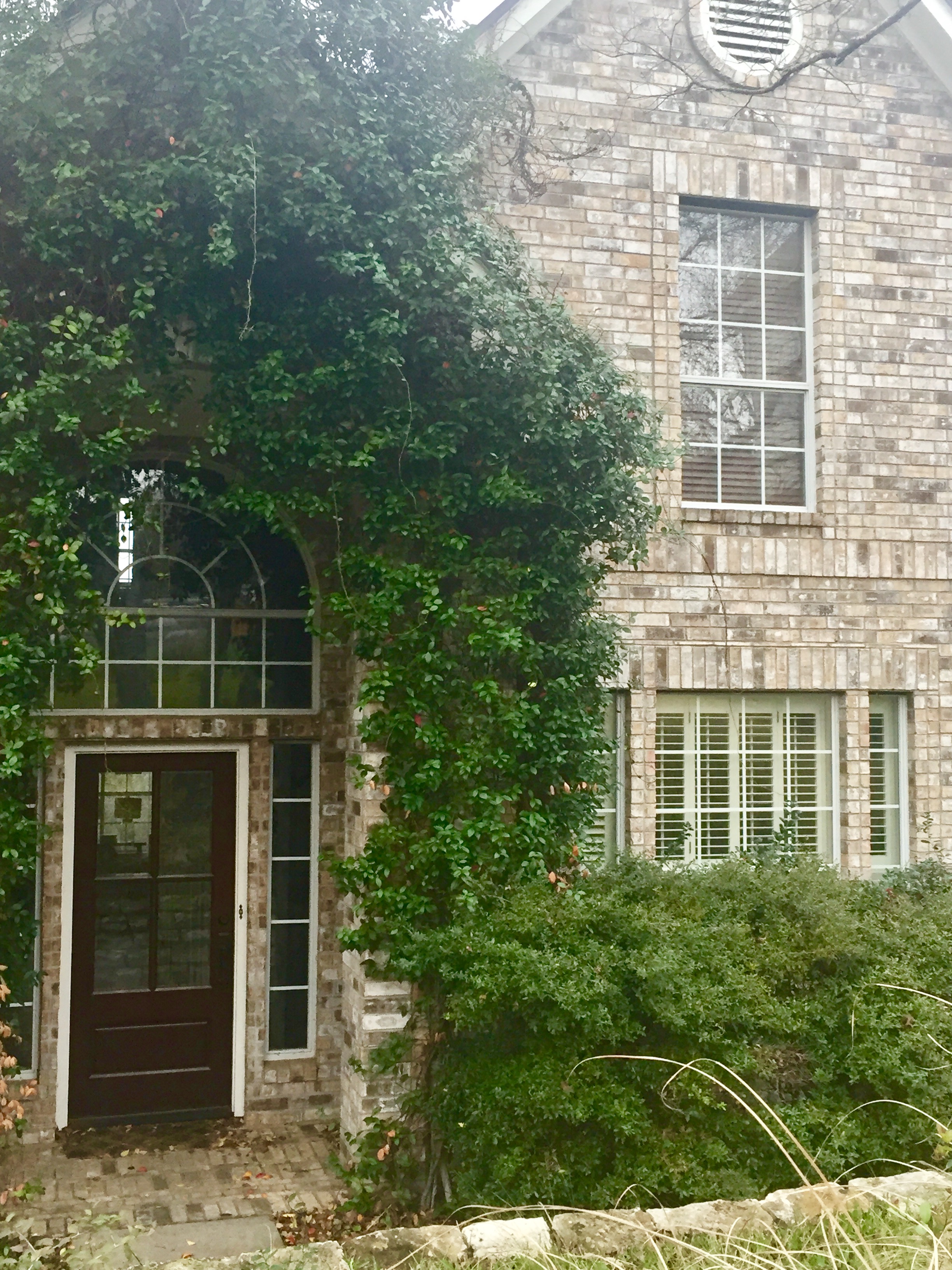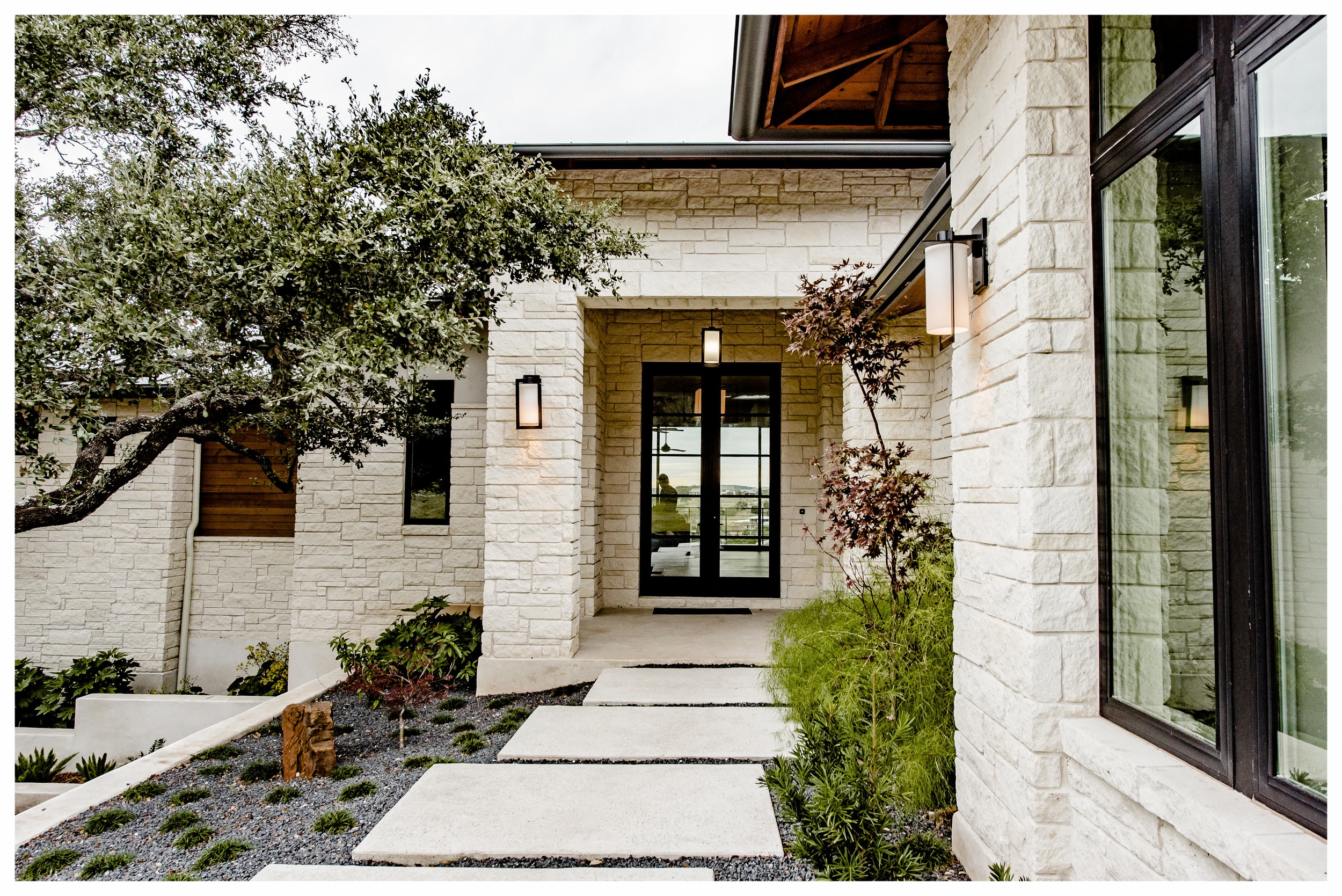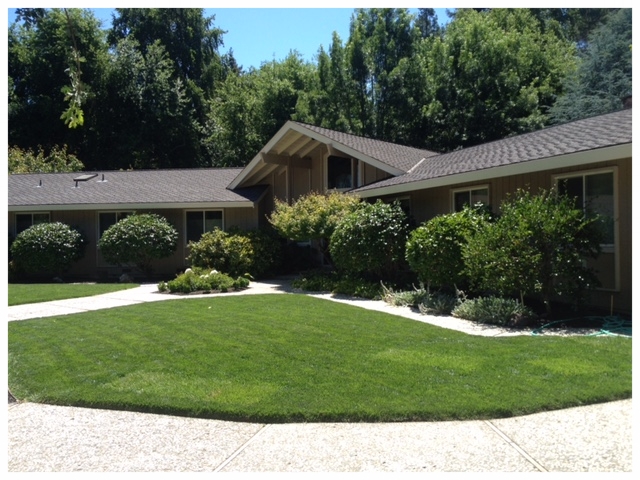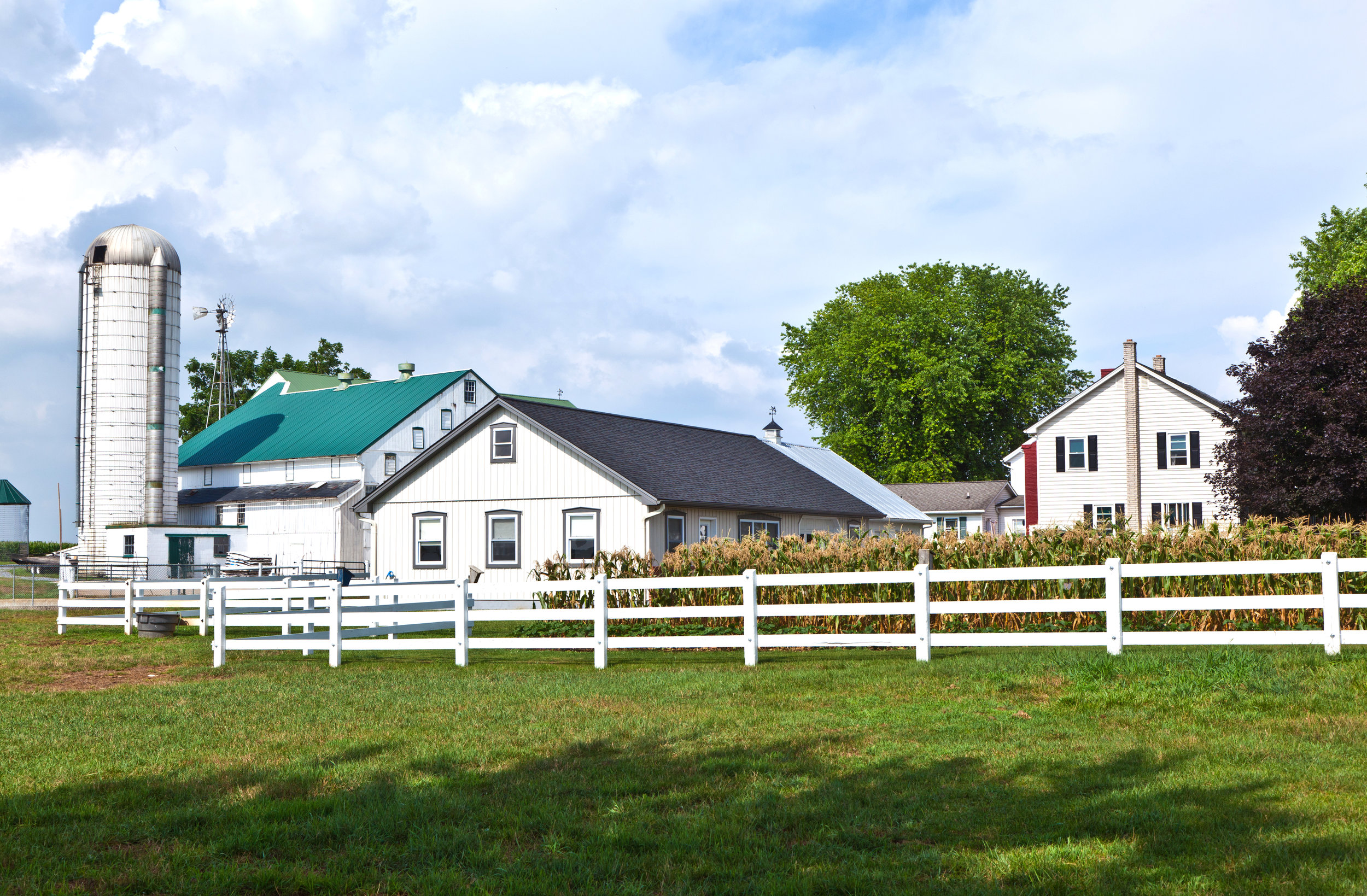You have likely heard of a term called Green Building. Many might think of it as something specific to the building industry. You know it's related to protecting the environment, but it doesn't seem to apply to you if you are not in the process of building or remodeling a house.
On the other hand, I prefer to think of Green as a mind set rather than a building term. It's true that there is a very real set of standards for designing a 'Green' building, and the Green philosophy was developed by the construction industry as a guideline for how to reduce the impact of the built environment on human health and the natural environment . These general strategies, however, can be adopted and implemented by all of us in a much broader sense as well. Let me explain...
If we evaluate the many ways that human existence affects the environment, the list is endless. From tearing down trees and covering the earth with man made materials, to depleting mother nature's resources, releasing chemicals and toxins back into the air, and generating waste that can't be naturally processed - our daily lives have an impact on our world (I realize there is some disagreement as to just how much affect. I am not here to argue that point). The bottom line is, our existence on this planet is inter-twined with our environment, and I sometimes feel sad thinking about how we as humans have a negative impact.
TREE HUGGER
In my early twenties I lived in an apartment near Treaty Oak. Some of you may recall it's a historic Austin tree that was poisoned with chemicals and the man who did it was sentenced to a few years in prison. I felt sick to my stomach each time I saw that dying tree outside my window, and for months I felt compelled to ride the bus to work as a small gesture toward improving the air quality for that tree. I began to reconsider many things about my life, and even the fact that I had studied architecture felt a bit hypocritical. Over time I managed to squash that guilt and accept that if I wanted to be a normal human being and not live in the Alaskan Bush, I'd better just get over it. But now each day as I work with clients to design the homes of their dreams, I realize that there is a choice we can make to either have less impact or more impact on God's universe in the process.
HOW DOES THAT AFFECT ME?
So let's get back to what this means to you. For the most part, the high level concept involves some RE words: replacing systems that are inefficient, recycling material resources, and reusing items that we might otherwise choose to discard. These strategies can all be applied in some way in our homes. In addition to reducing the environmental impact, many of these changes will have a direct affect on your quality of life and your monthly energy bills. Here are some examples:
- If you need a new lightbulb, consider replacing your incandescents or even compact fluorescents with LED. There are HUGE benefits of this, not only from a long term cost savings standpoint, but in a practical way - no more changing light bulbs! The average lifespan of an LED is approx 10-15 years. And there are now LED bulbs you can put directly into normal light sockets.
- Replace older toilets and plumbing fixtures with low flow versions designed to give the same amount of pressure using less water.
- Add a water filter in your home for drinking water. If doesn't seem to be an easy task - buy a Brita that you keep in the fridge. Using your own purified water in a glass at home minimizes the waste generated from bottled water (even if those bottles are recycled) and costs less too.
- If you replace an appliance, look for energy star ratings for new ones.
- Improve your home's efficiency by sealing windows & doors and adding insulation. Hire a professional to replace weather stripping and add insulation in your attic. If it's time to replace your windows, invest in high performance versions that filter UV and are much more energy efficient. You will notice a distinct improvement in interior climate control, comfort, and your monthly energy bills.
- Incorporate a 'recycle station' somewhere in your home. If your kitchen can't accommodate it, add a dedicated trash can for recycling in your garage or somewhere easily accessible from the kitchen. Try implementing the same thing at your office. Austin has been adding large recycling containers for many local businesses (including at LBI!)
- If you purchase paint for a project or to paint a room in your house, look for Low-VOC paint, which is non-toxic and improves air quality for your family.
- If replacing furniture, think about how your existing items can be reused elsewhere in your house or even in a family member's home. Can your table be painted and look good elsewhere? Can the old chair be covered and refinished for the bedroom?
- If you decide to purchase new furniture, be aware that some manufacturers are more committed than others to the Green philosophy. They use environmentally responsible processes, formaldehyde-free stains and finishes, and all natural materials. A few of my favorites are Lee Industries and Palecek.
IN SUMMARY
Obviously this topic runs far and wide, and I have barely scratched the surface. Some of these suggestions refer more to waste management than to Green Building, but it's all inter-connected. My suggestion is that if we each take a moment to reflect on inefficiencies in our home, we can find ways to personally benefit from making a change, while at the same time protecting our environment.












